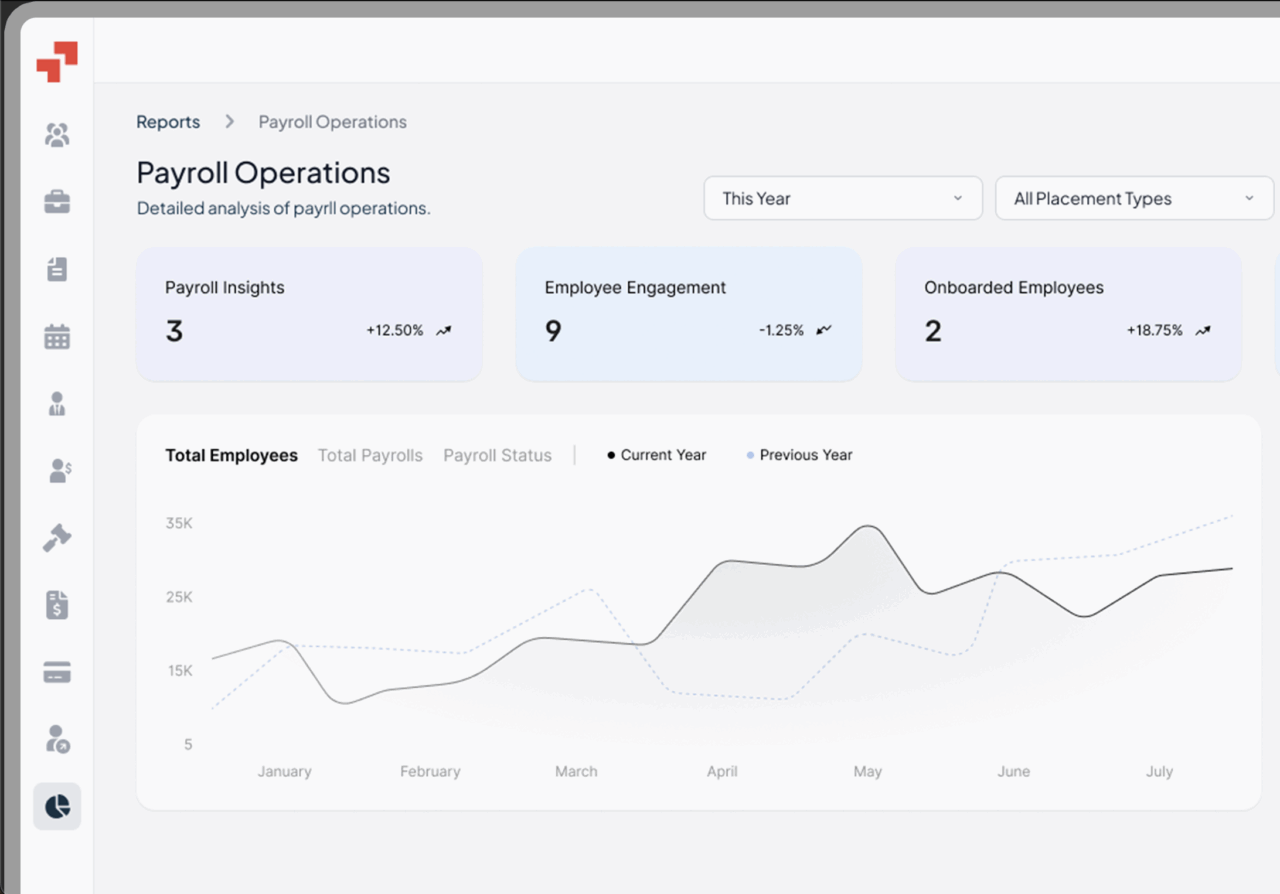The COVID-19 pandemic has accelerated the shift towards remote work, and US tech startups are no exception. With the rise of remote work culture, geographical boundaries are no longer a constraint, and companies can now access a global talent pool. India, with its large and skilled workforce, has emerged as a prime destination for US tech startups looking to hire talent.
The opportunity to work remotely for a US company from India represents a transformation in how we work, live, and connect across borders.
The gig economy is flourishing and recruiting talent from India offers a large pool of skilled and cost-effective workers, making it an appealing option for those looking to save money while maintaining high quality.
In this guide, we will explore the benefits of hiring Indian talent, the current talent landscape in India, and provide practical advice on how to navigate the process.
Why Consider Hiring in India?
So, why should US tech startups consider hiring talent from India? Here are a few compelling reasons:
- Cost savings: Hiring talent from India can result in significant cost savings, with salaries often 30-50% lower than in the US.
- Access to a large talent pool: India has a vast and diverse talent pool, with many skilled professionals in various fields.
- High-quality skill sets: Indian professionals are known for their strong technical skills and work ethic.
- Cultural compatibility: Indian culture is often compatible with US business culture, making it easier to integrate Indian talent into US teams.
Benefits of Working Remotely in India
Working from India for a US company offers several benefits, including:
- Flexibility: Working from home or a remote location allows for a more personalized work routine and increased flexibility.
- More work opportunities: Remote work opens up a global marketplace for job seekers, providing access to opportunities that were previously out of reach.
- Better work-life balance: Eliminating commuting and gaining more flexibility in work hours can lead to a better work-life balance and increased productivity.
- Low cost of living: India offers a relatively low cost of living compared to the US, making it an attractive option for individuals who want to earn a higher salary while maintaining a lower cost of living.
Challenges of Working from India for a US Company
While working remotely from India for a US company offers several benefits, there are also some challenges to consider:
- Time difference: Managing the time zone difference between India and the US can be challenging, requiring individuals to adapt their schedules for meetings and urgent tasks.
- Legal and visa considerations: Navigating the legal and visa requirements for working remotely from India can be complex, requiring individuals to understand and comply with both US and Indian laws.
- Competition for high-quality roles: The global accessibility of remote roles has intensified competition for high-quality positions, requiring individuals to have the right skills and experience to stand out in the job market.
How to get a Remote Job at a US Company?
Securing a remote job at a US company from India requires a strategic approach. Here are some tips to help you get started:
- Curate a professional online presence: Make sure your LinkedIn profile and other social media platforms are up to date and showcase your skills and experience.
- Network with other remote workers: Join online forums and attend virtual webinars to connect with other remote workers and learn from their experiences.
- Upskill for your desired position: Continuously upgrade your skills and experience to make yourself a competitive candidate for remote roles.
- Familiarize yourself with remote communication tools: Learn how to use tools like Slack, Zoom, and Trello to communicate effectively with your team.
- Tailor your resume and cover letter: Customize your resume and cover letter for each application, highlighting your remote work readiness and specific skills that match the job description.
Key areas to understand when working remotely for a US company
Understanding Worker Classification for Remote Work with a US Company
Before starting a remote job with a US company, ensure you have employer consent. Not all companies allow international remote work, so it’s essential to discuss your plans early in the hiring process.
Your worker classification is crucial when working remotely from another country. It defines your working relationship with the US company and affects taxes, benefits, and flexibility. There are two primary classifications: employee and independent contractor.
As an independent contractor, you’ll enjoy more freedom and autonomy over your work schedule and location. Contractors decide how, when, and where they complete projects, making it ideal for digital nomads. In contrast, employees must adhere to company-regulated schedules.
Working as a contractor allows you to adapt your schedule when relocating to a new time zone. However, contractors are responsible for their benefits and taxes, whereas employees receive mandatory benefits. Ensure you understand the implications of your classification. If reclassified as a contractor, your working relationship with the company must change. If the company continues to treat you like an employee, they risk misclassification penalties.
Secure employer consent and establish your worker classification before starting a remote job with a US company. Understand the differences between employee and independent contractor status to navigate your remote work arrangement effectively.
File taxes with your country of tax residence and complete form W-8BEN when requested
As a non-US citizen working for a US company, you’ll pay taxes in your country of tax residence, regardless of worker classification. Your US-earned income isn’t subject to US taxes if you work remotely from another country.
Both employees and contractors must pay taxes in their home country, which is typically determined by the 183 days taxation rule. The 183-day taxation rule typically determines your tax residence. If you spend over 183 days in a country, you’re considered a tax resident and must pay income taxes on your US-earned income.
Contractors file self-assessment tax returns to report foreign-earned income to your local tax authority. Employees will have their taxes withheld and filed by the US employer to your local tax authority.
Your home country is wherever you have permanent residency. That may be India. As a digital nomad, you’ll pay taxes wherever you have the most residential ties. You or your employer may need to file multiple tax returns if you qualify as a resident in multiple countries.
Additional Tax Considerations
- If you’re an employee, fill out form W-8BEN when requested by your US employer.
- If you’re an independent contractor, fill out form W-8BEN-E. Continue paying social security contributions to ensure benefit entitlements, such as state pensions and unemployment allowances, in your home country.
Receiving Payments from US Companies
- Bank Transfer: Convenient but costly due to transfer fees and exchange rates. Opening a USD bank account can mitigate exchange rate issues.
- Virtual Bank Accounts: Cheaper and feature-rich, allowing for instant payment requests.
- International Transfer Services (e.g., Western Union): Slow and expensive.
- PamGro: Streamline global payments with PamGro, the ultimate solution for US companies. Pay international workers – employees and contractors alike – efficiently and hassle-free.With PamGro, US companies can:
- Eliminate cumbersome payment processes
- Reduce errors and delays
- Enhance worker satisfaction
- Focus on growth, not paperwork
Setting Yourself Up for Remote Work Success
To thrive as a digital nomad or non-US citizen working remotely with a US company, it’s crucial to adapt your workflow. Investing time upfront will pay off in the long run.
- Synchronize Your ScheduleAligning your work hours with your US team, despite time differences, enhances productivity and teamwork. Balance flexibility with consistent availability for meetings and collaboration.
- Effective Communication is KeyClear communication channels and protocols keep everyone on the same page. Regular updates, stand-up meetings, and project management tools ensure seamless collaboration.
- Leverage the Right ToolsUtilize communication apps, project managers, scheduling apps, and digital workspaces to connect with your team from afar. Popular options include Slack, Zoom, and Google Workspace.
- Productivity and Time ManagementA daily routine is vital for maintaining focus. Set aside a dedicated workspace, schedule breaks, and establish start and end times to separate work and personal life. Strong time management skills will help you navigate remote work challenges.
- Maintaining Work-Life BalanceRemote work can blur professional and personal boundaries. Prioritize self-care by establishing boundaries, disconnecting, and recharging to avoid burnout.
Legal Considerations
Before hiring talent from India, it’s essential to understand the legal considerations involved. Here are a few key things to keep in mind:
- Employment laws in India: India has a complex set of employment laws, including the Shops and Establishment Act, the Factories Act, and the Industrial Disputes Act.
- Payroll tax regulations: India has a payroll tax system, with employers required to pay a percentage of employee salaries towards taxes.
- Visa regulations: India has strict visa regulations, with foreign nationals required to obtain a visa before entering the country.
India's IT Sector: An Opportunity for Foreign Companies
India’s IT sector is one of the largest in the world, with many Indian companies providing IT services to global clients. This has created a large pool of skilled IT professionals, with many Indians holding degrees in computer science and related fields.
So, what does the talent pool in India look like? Here are a few key statistics:
- Overview of employable talent: India has a large pool of employable talent, with over 50% of the population under the age of 25.
- Top in-demand skills: The most in-demand skills in India include software development, data science, artificial intelligence, and cybersecurity.
- Regional talent specializations: Different regions in India have different talent specializations, with cities like Bangalore and Hyderabad known for their IT talent, and cities like Mumbai and Delhi known for their finance and marketing talent
Cost Analysis
So, how much does it cost to hire talent from India? Here are a few key statistics:
- Cost of hiring developers in India: The cost of hiring a developer in India can range from $10-$30 per hour, depending on the technology and experience level.
- Hiring costs comparison: Here’s a comparison of hiring costs in the US and India:
Position: Software Developer
US Salary: $100,000 – $150,000 per year
Indian Salary: $20,000 – $40,000 per year
Data Scientist
$150,000 – $200,000 per year
$30,000 – $60,000 per year
Marketing Manager
$80,000 – $120,000 per year
$15,000 – $30,000 per year
As you can see, hiring talent from India can result in significant cost savings, with salaries often 30-50% lower than in the US.
Hiring talent from India can be a game-changer for US tech startups. With its large pool of skilled and affordable workforce, India has become an attractive destination for companies looking to cut costs without compromising on quality.
If you’re a US tech startup looking to hire talent from India, here are a few next steps:
- Research and understand the Indian market: Research and understand the Indian market, including the talent pool, cost of hiring, and legal considerations.
- Develop a hiring strategy: Develop a hiring strategy that includes platforms for finding talent, outsourcing options, and strategies for managing a remote team.
- Reach out to Indian talent: Reach out to Indian talent and start building your team.
Hire, Classify, and Pay Contractors - All in One Platform








